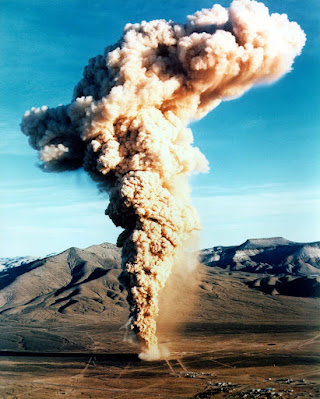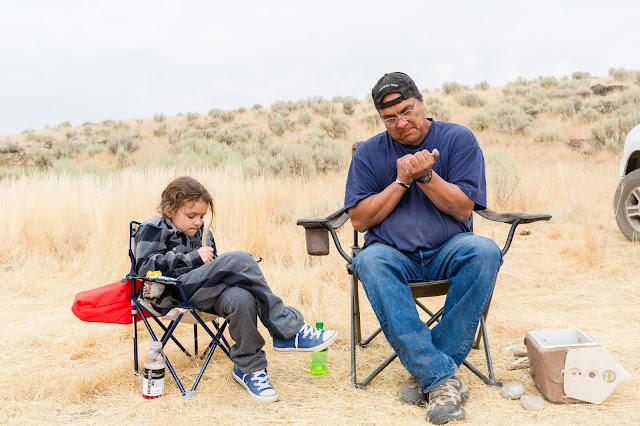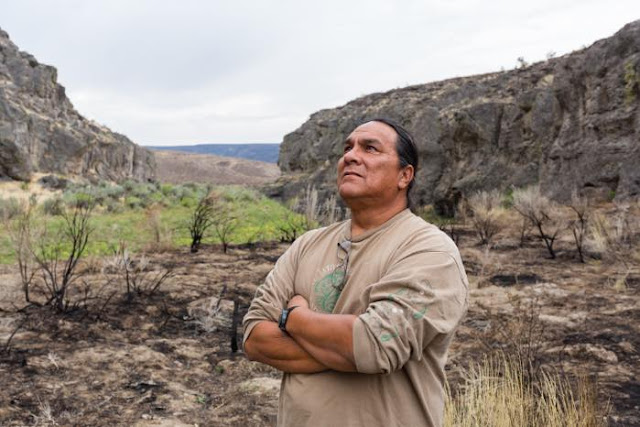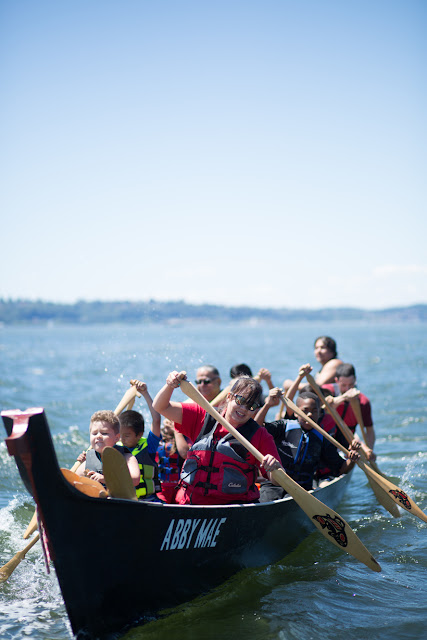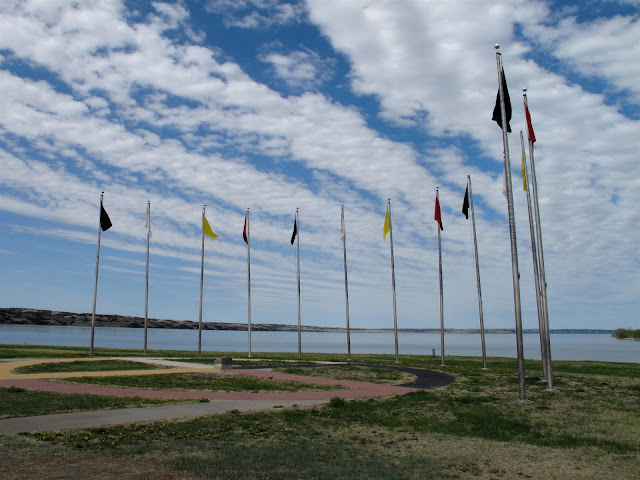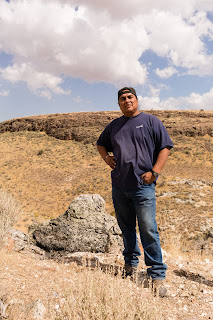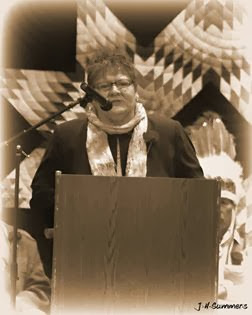Need Climate Change Evidence? A Western Shoshone Basketmaker Has It

Leah Brady making willow-bark thread This article appeared in Indian Country magazine in 2017. For more on topics like this, see my book: American Apartheid: The Native American Struggle.... C ulture means learning from each other and sharing,” Western Shoshone basketmaker Leah Brady tells me. Nowadays, it also means an intimate experience of climate change and pollution, as she weaves natural materials—willow, cedar, reeds and more—into baskets. Brady’s Elko, Nevada, home showcases her award-winning work and that of other artisans—several generations of her family and additional makers from Northern Paiute, Goshute and other area tribes. The items' materials evoke the millennia-old relationship between Native people and their rugged desert and mountain homeland . That world is changing in ways that Brady and other local crafts makers observe first-hand. She shows me how she creates willow-bark thread—biting down on one end of a willow branch to steady it and pulling of

